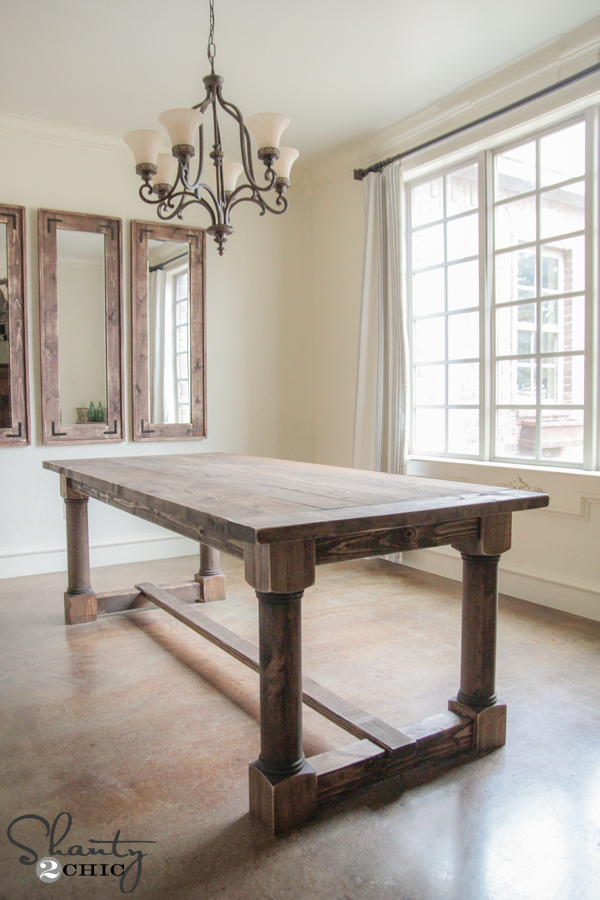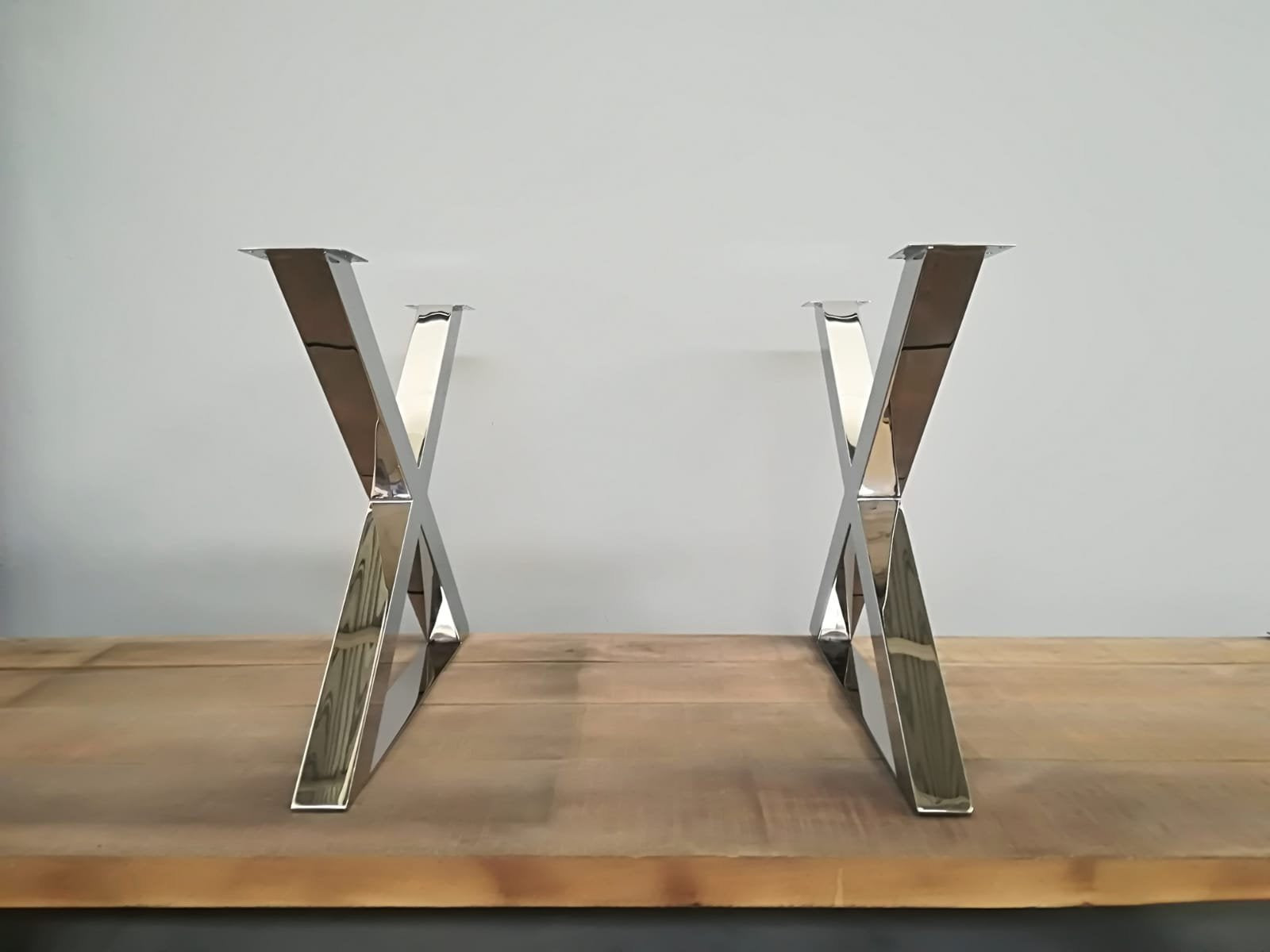The Top Trends in Dining Room Table Legs You Need to Know
The Top Trends in Dining Room Table Legs You Need to Know
Blog Article
From Traditional to Modern: Discover the Ideal Dining-room Table Legs for Your Style
While traditional layouts such as cabriole and transformed legs evoke a sense of ageless sophistication, contemporary styles like barrette and geometric choices offer a possibility for striking visual interest. As you consider these elements, the question remains: how can you effortlessly integrate these diverse leg styles to produce an unified dining experience?
Understanding Table Leg Styles
The selection of dining-room table leg styles can considerably influence both the appearances and performance of the space. Each leg style adds distinct visual aspects and sensible features, catering to diverse design preferences and use needs. Understanding these designs is crucial for selecting the best table that lines up with your general indoor layout vision.
For instance, conical legs offer a tidy, classic look that can boost a room's beauty, while pedestal bases provide security and take full advantage of legroom, making them suitable for smaller sized spaces. Hairpin legs, a characteristic of mid-century modern-day design, present a commercial style, permitting an airy, open feel. Trestle legs evoke rustic beauty, supplying robust support and a sense of timelessness.
Moreover, the selection of materials plays a substantial role. Wood legs can bring heat and appearance, whereas metal choices commonly share a sleek, contemporary ambiance. Inevitably, recognizing table leg designs is essential for developing a natural eating area that mirrors personal design while making certain functionality and convenience. By thoughtfully considering these components, you can enhance both the functional and visual appeal of your dining room.
Typical Table Leg Options
When selecting dining-room table legs, standard alternatives commonly personify timeless style and craftsmanship. These styles mirror a rich heritage and a commitment to quality, making them suitable for those that appreciate traditional aesthetic appeals.
Among the most renowned standard leg designs is the cabriole leg, characterized by its graceful rounded form. This layout frequently features attractive carvings and is most generally found in Queen Anne and Chippendale furniture. One more popular choice is the transformed leg, which flaunts a collection of smooth, rounded forms that supply a classic look while preserving stability.
Moreover, the straight leg, while basic, uses a durable and unadorned structure that can blend flawlessly with a variety of tabletop styles. For those attracted to ornate detailing, claw-and-ball feet legs evoke a sense of splendour and can serve as a stunning centerpiece in any eating area.
Finally, pedestal bases, although not purely legs, provide an alternative conventional alternative that permits adequate legroom and can be perfectly sculpted. Each of these standard leg styles adds to the overall setting of a dining-room, marrying feature with aesthetic appeal.

Modern Table Leg Designs
Modern you could try here table leg layouts use a diverse array of styles that highlight innovative products and clean lines. These designs frequently focus on performance while useful source offering as striking centerpieces within an eating area. Minimalist aesthetics prevail, with legs crafted from materials such as steel, glass, and crafted wood, which add to a contemporary and airy feeling.
One popular layout is the hairpin leg, defined by its slim, tapered structure that gives security without frustrating the tabletop (dining room table legs). This style is frequently located in mid-century contemporary furnishings and can effortlessly match different eating table forms. Another fad is using geometric shapes, where legs might tackle unbalanced or angular types, adding visual passion and a touch of artistry

Blending Designs for Distinct Spaces
Frequently, home owners look for to create one-of-a-kind eating rooms that show their personal style by blending various design aspects. This approach permits the incorporation of diverse appearances, resulting in a harmonious yet distinct setting. Combining a rustic wooden table with sleek, modern-day metal legs can create an eye-catching comparison that raises the area's overall charm.
In addition, incorporating vintage table legs with modern tabletops can stimulate a sense of background while maintaining a modern sensibility. Such combinations not only display private taste however additionally encourage creativity, permitting house owners to curate a space that really feels both personal and welcoming.
Shade plays a vital role in this mixing process; see this site choosing table legs that enhance or contrast with the existing color pattern can enhance aesthetic rate of interest. Whitewashed legs can soften the daring of a dark table surface, developing a balanced visual.
Tips for Picking the Right Legs
Choosing the right table legs is vital for achieving both performance and visual appeal in your eating room. Begin by taking into consideration the general design of your room. Standard setups take advantage of legs that feature complex makings or transformed designs, while modern spaces may ask for streamlined, minimalist styles.
Following, analyze the height and stability of the legs. dining room table legs. Standard table range between 28 to 30 inches in height, so make certain the legs complement this measurement for comfort. Furthermore, durable products, such as wood or metal, can enhance stability and durability
Examine the leg form as well-- choices consist of right, tapered, or stand designs. Straight legs provide a traditional look, while tapered legs can include a touch of sophistication. Pedestal bases supply sufficient legroom and are ideal for smaller spaces.
Conclusion
In summary, selecting the ideal eating space table legs requires mindful factor to consider of both typical and modern-day designs. By balancing leg style, elevation, and product with the total design, a cohesive and welcoming atmosphere can be achieved.
The variety of dining room table leg designs can substantially affect both the looks and capability of the area. Ultimately, recognizing table leg styles is essential for creating a natural dining location that shows individual style while making sure practicality and comfort.One of the most famous standard leg styles is the cabriole leg, identified by its graceful rounded shape. Straight legs supply a classic appearance, while tapered legs can add a touch of style.In recap, picking the suitable dining space table legs calls for careful consideration of both traditional and contemporary designs.
Report this page